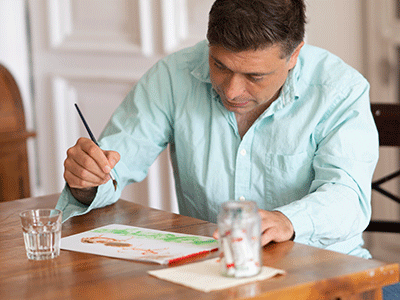The term complementary services is used to describe health care and individual therapies that supplement conventional medicine. In hospice, complementary services enhance the work of the primary care team of nurses, social workers, chaplains, aides, etc. They help create an environment that supports patients in finding or maintaining a sense of meaning and peace while living with a life threatening illness.
Complementary services are:
- Designed to provide quality of life through activities that support communication, aide with relaxation, help build memories and encourage creativity and fun.
- Provided by staff and volunteers from various backgrounds and areas of expertise.
- Delivered in any patient care setting
Complementary Services We Offer
Touch Therapy
Patients cope with illnesses that often increase pain and discomfort, and that can distance the connection they share with caregivers through touch. The gentle and individualized care of highly trained professionals can restore the experience of touch as a point of connection, comfort, and nurturing. Massage Therapy, Reiki, Reflexology and other modalities of Healing Touch help to address pain, anxiety, sleeplessness, and isolation by utilizing adaptable interventions to meet each patient’s unique needs.
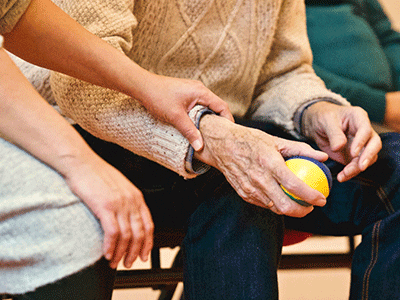
Live Therapeutic Music
Music energizes, soothes, restores, and nurtures. Music therapy is a powerful tool for physical, emotional, and spiritual care. Live music decreases anxiety and pain, promotes relaxation, facilitates communication, and provides support in life review and legacy work. Therapeutic musicians work with patients at all stages throughout a patient’s journey and decline, joining with patients and families to foster meaning and comfort.
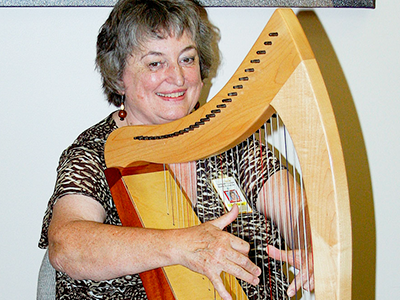
Story Keeping
When a patient is suffering from a life-limiting illness, it is important to stay connected to family and friends in order to ensure greater quality of life. Storytelling helps loved ones remember times they have shared; memories collected and cherished. It sometimes invites laughter, sometimes tears, but always love and a connectedness that makes the patient and the loved ones feel close and united. It helps them to cope with whatever lies ahead knowing that they are sharing the experience.
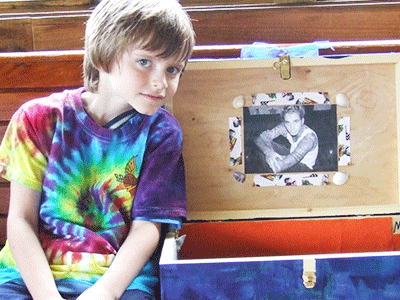
Pet Therapy
Pet therapy is so much more than a simple visit with an animal. Animals and their handlers have the unique ability to bring transformative joy and comfort. Hospice pet therapy, using the longstanding bond between humans and animals, brings joy, humor, unconditional love, and soothing companionship to families facing this often difficult time of life.
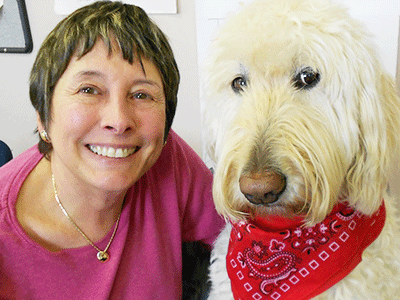
Therapeutic Art
Some individuals find verbal communication of situations involving grief and trauma difficult. Art therapy provides an alternative approach by focusing on the development of a trusting relationship, that is supportive and inclusive, located within a safe, therapeutic environment, and using art and creative expression as a vehicle for communication. In this way, individuals can discover ways to process difficult experiences while finding new perspectives and developing emotional strength and increased resiliency.
